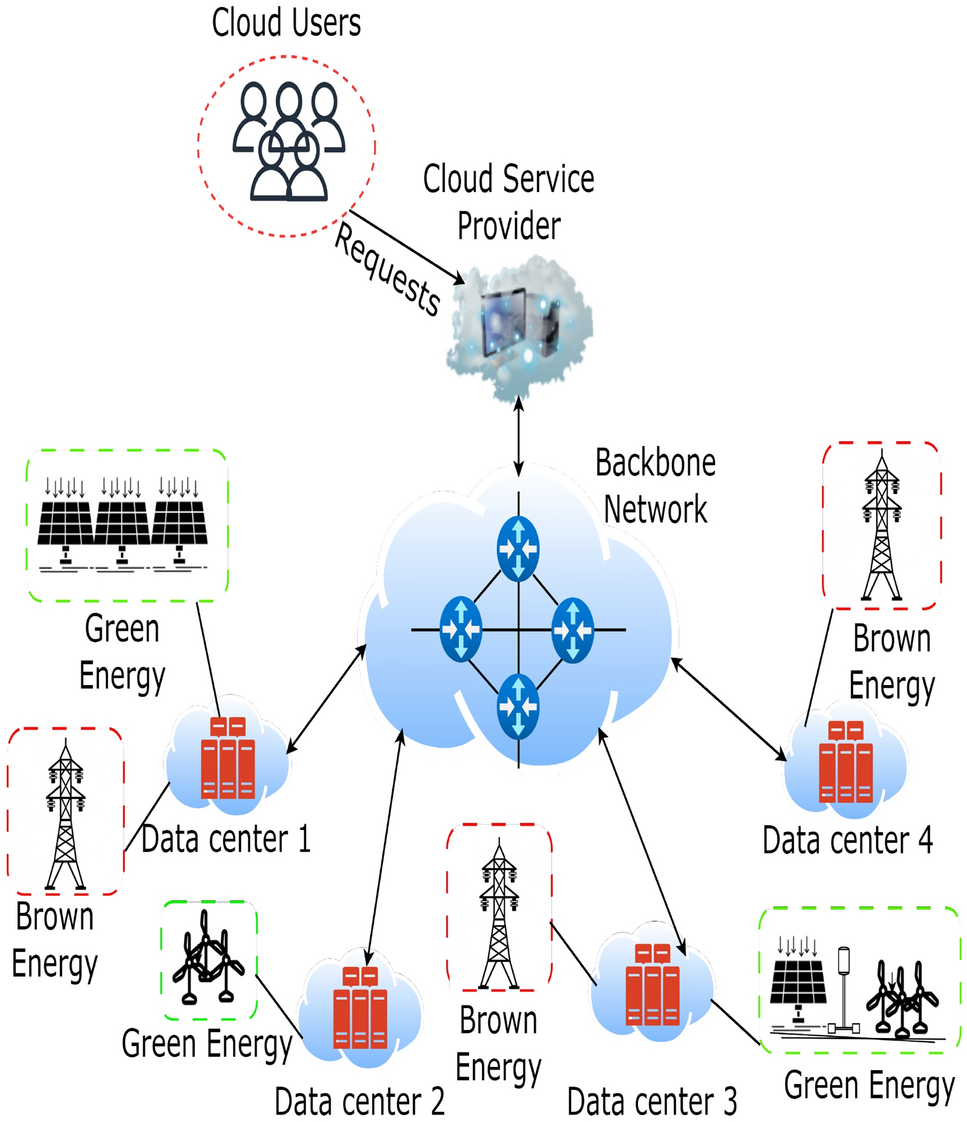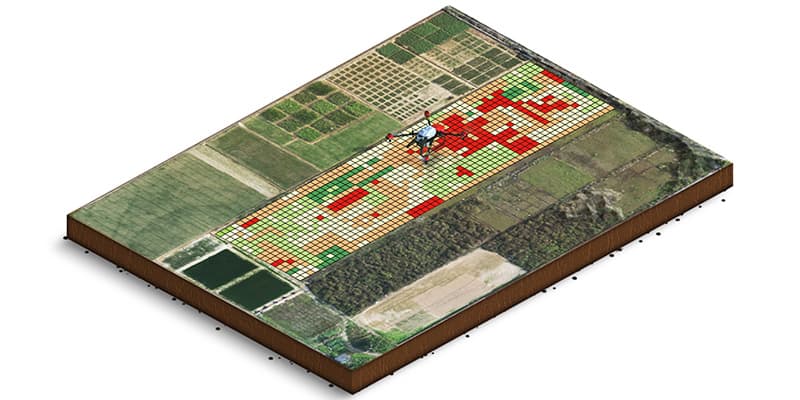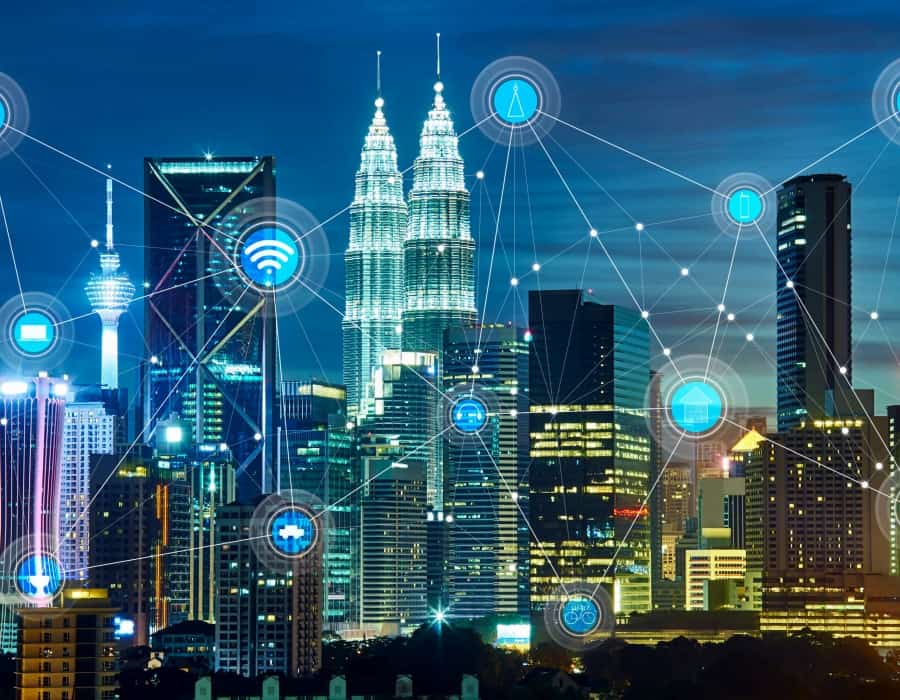In the swiftly evolving landscape of modern power distribution systems, where governments globally are channeling trillions to revamp infrastructure and transition to renewable energy, edge computing emerges as a pivotal force. As the energy sector invests significantly in open edge-cloud architectures to facilitate its ongoing metamorphosis, the surge in IoT adoption propels the necessity for edge solutions to manage the burgeoning data volume in real-time. These solutions play a crucial role in bridging the gap between legacy and new assets, ensuring interoperability and decentralization in the electric grid.
Yet, alongside the opportunities, challenges loom large. The integration of diverse communication protocols and data sources demands a flexible approach, eschewing the constraints of closed, proprietary systems. Only through openness can utility companies truly harness the potential of edge computing, fostering innovation and adaptability in grid management.
As the energy landscape continues its inexorable transformation, it is the hybrid nature of edge solutions that promises to shape the future grid, facilitating seamless interoperability and empowering real-time decision-making.

Open edge-cloud architectures Empowering the Renewable Energy Revolution: Transforming the Grid for a Sustainable Future
Globally, power distribution systems are changing quickly in an effort to cut carbon emissions and achieve ambitious climate goals. Governments on the federal, state, and local levels are currently investing trillions of dollars to modernize their grid and develop renewable energy sources. The US’s aging energy infrastructure will be rebuilt with $65 billion in the most recent infrastructure bill.
Rising investment at the edge is being driven by this energy transition.
The innovative grid will be very distributed, with solar, wind, and other energy resources dispersed across various geographies, in contrast to the traditional fossil fuel-based grid, which is primarily centralized. Edge infrastructure is being installed in each of these environments to manage, maintain, and track these deployments.
Edge systems will be essential to resolving a significant problem with the use of distributed, renewable energy sources, especially the fact that the current grid was designed with resources ( like coal and nuclear ) that offer predictable, regular power loads. However, depending on the weather, the performance of contemporary, alternative resources (like solar and wind) varies greatly.
Edge applications will assist utilities in balancing these resources, particularly by managing battery energy storage systems, allowing them to deliver enough, constant loads to meet changing grid demands. Organizations are turning to cross, available edge technologies to optimize these novel grid settings.
Cloud-based cross edge with lower latency and cost
The energy sector has made significant investments in cloud infrastructure as a crucial part of its continued transformation over the past few years. The number of internet-connected energy devices has skyrocketed as a result of IoT adoption. It is becoming impossible to continuously send this enormous amount of OT data to the cloud for analysis and processing due to its exponential growth.
This strategy is very costly and causes the supporting tech infrastructure to experience excessive latency. Coming energy grids must be much more responsive to actual changes in demand and energy generation. A cloud-centric strategy tends to prevent this.
Nearby edge computing is crucial in this situation because it connects the assets and then gathers and processes the data as it is created, all in real time, allowing for a quicker and more effective response to changing energy demand. To support periods of continuous connectivity, native data storage can be offered whenever required.
The integration point with the backend cloud systems that handle the entire grid management can also be provided by an edge solution. Just a portion of the OT data collected in this instance needs to be sent to the cloud for additional analysis because response times there are less time-consuming.
In the end, both edge and cloud components are required for the present power grid, though more Twisted applications will be located at the edge, with central cloud management for their deployment and updates. As a result, the variant edge-cloud model is starting to take over.

Freedom and flexibility at the cutting edge of openness
Current grid environments must use edge computing in order to operate effectively and efficiently. Despite the advantages mentioned above, there are also important obstacles to overcome. The edge layer will serve as the point of integration for both legacy and new assets at the substation level and across distributed energy resources ( DERs ) for a fully interoperable and decentralized electric grid.
In order to do this, edge systems must use a variety of communication protocols to communicate with various types of equipment as well as gather and normalize data from various endpoints. A common representation of the data that can support edge applications ( such as control, monitoring, and analytics ) in a consistent and interoperable manner also requires the fusion of data from various sources.
When you take into account the extensive range of communication and data mapping standards used in the energy sector, such as Modbus, IEC-61850, 60870, DNP3, OPC UA, EtherNet/IP, MQTT, Sparkplug, and SunSpec, this presents a major challenge. Personal grid assets may employ their own proprietary or specific communication protocols, which must be incorporated into the edge system as well.
Supporting all of these various data sources, types, and protocols is challenging due to shut, custom software approaches. These conventional methods lack the adaptability required to handle data complexity. Rather, they are made to enclose an organization in the ecosystem of a single vendor and the restrictions that follow.
Energy companies are completely at the vendor’s mercy when relying on a sealed and custom offering and are only allowed to manage the particular data formats, APIs, protocols, and other features that the vendors support. As a result, they are unable to integrate legacy and fresh assets, and the number of apps they can release is constrained, which reduces the value they could offer.
The flexibility required to deliver cutting-edge edge apps, accommodate all of these components, and support highly decentralized grid deployments is provided by an empty software approach. Since they are not limited to a single vendor’s capabilities or roadmap, openness enables organizations to work with any data type, conventional, and protocol at the edge. Utility and energy companies can deploy any application with this flexibility, including customized apps created by them or outside developers.
Additionally, openness makes it easy to expand an edge environment and add new equipment as new requirements eventually change.
Creating the future smart grid
A new generation of edge solutions is revolutionizing the power industry as the world moves rapidly to modernize and transform its grid infrastructure. Edge systems are fundamentally contributing to this shift toward a more brilliant, flexible, and distributed electricity grid.
In particular, it’s a hybrid, empty strategy that gives these edge systems the speed and adaptability to support seamless interoperability and real-time decision-making.












